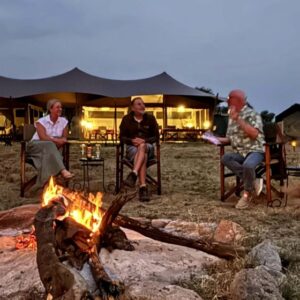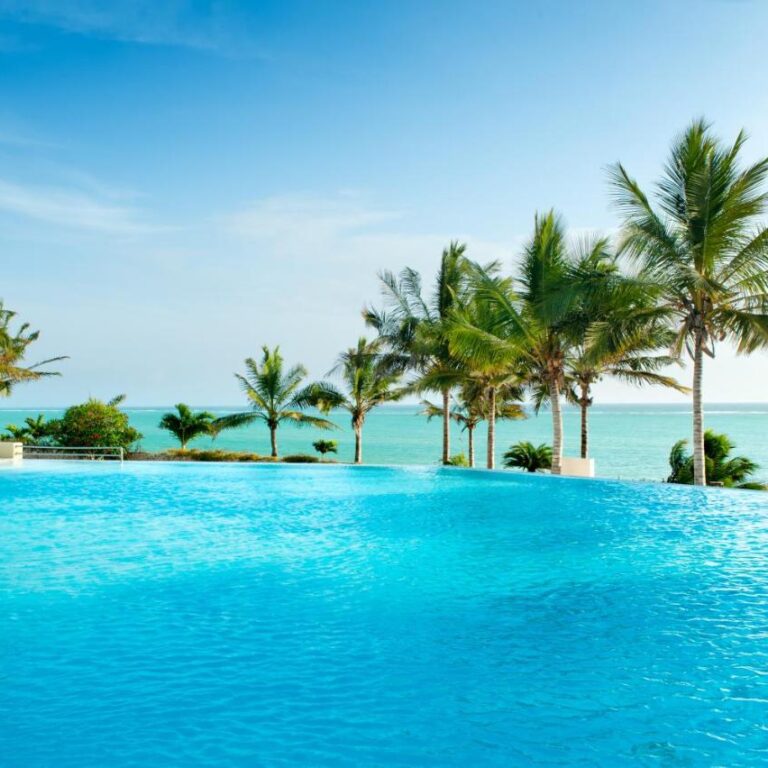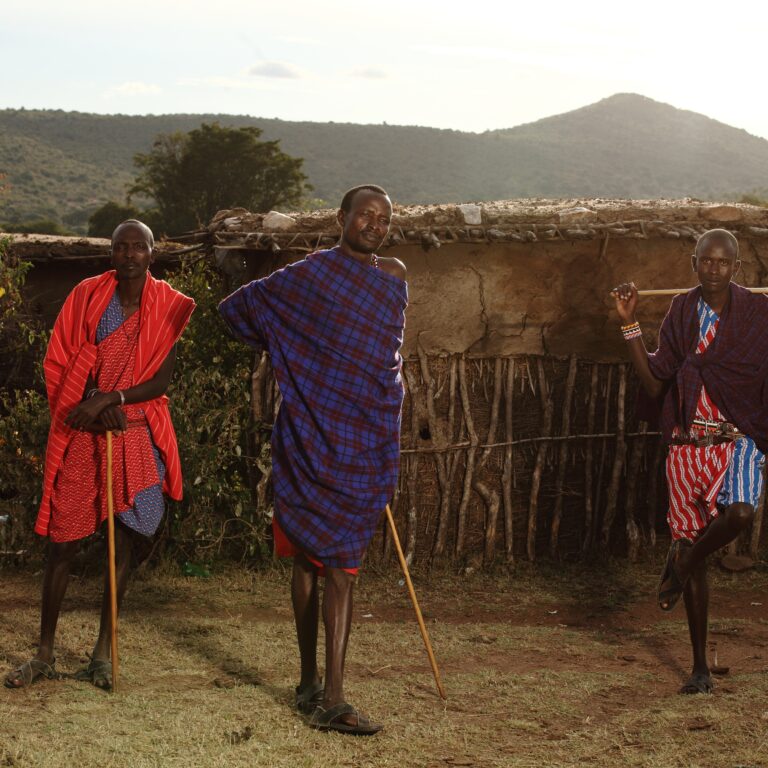How Many Days Does It Take To Recover From Kilimanjaro Climb.
Wondering how long it takes to recover after conquering Mount Kilimanjaro? In this comprehensive guide, we’ll explore the factors affecting recovery time, tips for a smoother recuperation, and expert insights from seasoned climbers.
Congratulations! You’ve successfully conquered the majestic Mount Kilimanjaro, the highest peak in Africa and a symbol of perseverance and determination. But now, as you descend from the summit, you might be wondering, “How many days does it take to recover from the Kilimanjaro climb?” Recovery after such an expedition is crucial for your well-being, and it depends on various factors. In this article, we will delve deep into the recovery process, sharing insights from experienced climbers and credible sources.
How Many Days Does It Take To Recover From Kilimanjaro Climb?
Recovery time after a Kilimanjaro climb can vary significantly from person to person. On average, it takes around 2 to 4 weeks for your body to fully recuperate. However, some climbers might experience a quicker recovery, while others may need more time to heal. Several factors contribute to the recovery period, and it’s essential to understand them to ensure a smooth and safe recovery.
Factors that Contribute to Recovery From Kilimanjaro
Recovery from climbing Kilimanjaro is aided by proper hydration, rest, and nutrition. Gentle physical activity, such as walking, helps alleviate muscle soreness. Acclimatizing gradually on the mountain can reduce the impact of altitude sickness. Post-climb, massage and stretching can relieve stiffness, while maintaining a healthy diet supports overall recovery. Consulting a medical professional if symptoms persist is also recommended.
Physical Fitness and Health
Climbers who maintain good physical fitness and overall health generally experience a faster recovery. Regular exercise and a balanced diet play a crucial role in preparing your body for the challenges of the climb and aiding in post-climb recovery.
Altitude Acclimatization
The high altitude during the Kilimanjaro climb can take a toll on your body. The time spent acclimatizing during the ascent can impact your recovery duration. Proper acclimatization allows your body to adjust to the thin air and reduces the risk of altitude-related illnesses.
Climbing Route and Duration
The chosen climbing route and the number of days spent on the mountain also influence recovery. Longer routes with gradual ascents might be less strenuous on your body, leading to a quicker recovery.
Weather Conditions
Extreme weather conditions can make the climb more challenging and affect your body’s recovery. Climbing during the dry season with stable weather is generally recommended for a smoother experience.
Rest and Sleep
Ample rest and quality sleep during the climb are vital for your body to recover from the physical and mental strain of the expedition.
Injuries and Illnesses
Any injuries or illnesses experienced during the climb can extend the recovery period. It’s crucial to address any medical concerns promptly and follow proper medical advice.
Mental Resilience
The mental fortitude and resilience of the climber also play a significant role in the recovery process. A positive mindset and determination can aid in a quicker recuperation.
How fast you recover from Climbing Kilimanjaro depends on several different things:
- How fit you were before the Mount Kilimanjaro climb
- How well you prepared and trained for the Kilimanjaro climb
- If you experienced any sickness or challenges on the Kilimanjaro mountain
- How well do you stay hydrated during Mount Kilimanjaro climbing
- If you have any other physical activities planned for after the Kilimanjaro climb
Tips for a Smoother Recovery from climbing Kilimanjaro
For a smoother recovery from climbing Kilimanjaro, stay hydrated, rest adequately, and eat nutritious meals. Engage in gentle physical activity like walking to ease muscle soreness. Stretch regularly and consider massages for relief. Acclimatize properly during the climb to reduce altitude effects. Consult a doctor if any symptoms persist.
Stay Hydrated
Proper hydration is essential for your body to recover efficiently. Drink plenty of water and avoid alcohol and caffeine, as they can dehydrate you.
Gentle Exercise
Engage in light, low-impact exercises like walking and stretching to promote blood circulation and aid muscle recovery.
Balanced Diet
Consume a nutritious and well-balanced diet rich in vitamins, minerals, and protein to support your body’s healing process.
Listen to Your Body
Pay attention to your body’s signals and avoid overexertion. If you feel fatigued or experience pain, take additional rest.
Physical Therapy
Consider seeking the help of a professional physical therapist to aid in muscle recovery and reduce soreness.
Sleep Well: Get sufficient rest and sleep to allow your body to repair and recharge.
Avoid Stress: Minimize stress and anxiety, as they can hinder the recovery process. Engage in relaxation techniques like meditation.
How long does it take to reach the summit of Mount Kilimanjaro?
The duration to reach the summit depends on the chosen route and the climber’s physical fitness. On average, it takes 5 to 9 days to reach the Uhuru Peak.
Are there any age restrictions for climbing Kilimanjaro?
While there is no strict age limit, climbers must be at least 10 years old to participate how many days does it take to recover from Kilimanjaro Climb. It’s crucial to consult with a medical professional before attempting the climb, especially for older climbers.
What are the common altitude-related illnesses during the climb?
High-altitude sicknesses, such as acute mountain sickness (AMS), can affect climbers during the ascent how many days does it take to recover from Kilimanjaro Climb. Symptoms include headaches, nausea, and dizziness. Proper acclimatization and a slow ascent can reduce the risk.
Is prior mountaineering experience necessary to climb Kilimanjaro?
No prior mountaineering experience is required, but a good level of physical fitness and mental preparation are recommended. Choose a reputable tour operator that provides experienced guides how many days does it take to recover from Kilimanjaro Climb.
Can I climb Kilimanjaro during the rainy season?
Climbing during the rainy season (April to May and November) is possible, but it can be more challenging due to wet and muddy conditions how many days does it take to recover from Kilimanjaro Climb. The dry season (July to October and January to March) is more popular among climbers.
How do I choose the right climbing route?
The choice of climbing route depends on factors such as duration, difficulty level, and scenery. Research the various routes, such as the Marangu, Machame, Lemosho, Rongai, and Northern Circuit, to find the one that suits your preferences and capabilities.
Down the Umbwe trail, the steepest and most severe trail on the mountain but a fast and direct way back to town. . Down the Mweka trail, a relatively gentle trail that takes two days to get back to town. Almost all the hikers on the mountain use the Mweka trail to get back down.
Can you wear leggings on Kilimanjaro?
Thermal leggings. As you’re heading into the icy world of the Kilimanjaro summit, one base layer simply isn’t enough to keep you warm. We suggest you wear a pair of thermal leggings over your other leggings to up the insulation.
Where do I go after Kilimanjaro?
We suggest three nearby adventures you could choose from, all of which are great post-trek options: gorilla trekking, a Big Five safari, or Zanzibar. Climbing Mount Kilimanjaro is a truly amazing feat. It requires you to dig deep both mentally and physically.
How hard is it to breathe on Kilimanjaro?
At this height, the air pressure (and the amount of oxygen it contains) is less than half that at sea level, and has been said to be comparable to ‘working with only one lung’.
Do you need oxygen to hike Kilimanjaro?
Kilimanjaro’s altitude is a significant challenge, but climbers do not need supplemental oxygen to climb Kilimanjaro or reach the summit. To reach to the summit you use the acclimatization method of walking slowly “pole pole” climb high, sleep low.
How do you get down after climbing Kilimanjaro?
Descending Kilimanjaro can be just as challenging as the climb up. Most routes involve a mix of scree slopes, rocky paths, and sections suitable for hiking. Poles and sturdy shoes are crucial. Expect loose gravel on scree runs, requiring controlled steps or, for some, a thrilling slide! Rocky sections demand surefootedness, while hiking paths offer a welcome reprieve. The descent takes longer than the ascent due to fatigue and terrain, so pace yourself and enjoy the changing landscapes as you make your way back to the foot of Africa’s majestic peak.
Conclusion how many days does it take to recover from Kilimanjaro Climb
Conquering Mount Kilimanjaro is an incredible achievement, and your recovery is equally important as the climb itself. How long it takes to recover from the Kilimanjaro climb depends on various factors, including physical fitness, acclimatization, and mental resilience. Remember to prioritize rest, hydration, and a balanced diet during your recovery period. By following these tips and listening to your body, you can ensure a smoother and faster recuperation, allowing you to cherish the memories of this unforgettable adventure for a lifetime. TripAdvisor Reviews








